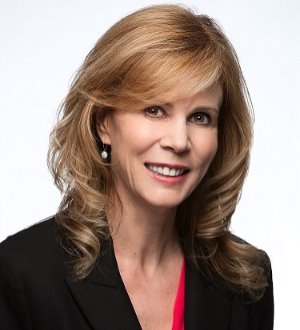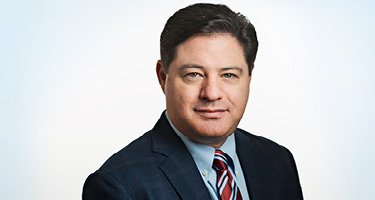Q. Why is the Department of Labor revising its overtime regulations for white collar workers now?
On March 13, 2014, President Obama signed a presidential memorandum directing the Department to update and modernize the Part 541 regulations. The DOL has long stated that the current salary levels, last set in 2004, were outdated and no longer useful in helping to separate lower-salaried white collar employees who should get overtime pay for working extra hours from those who should be exempt. The DOL estimates that, in Fiscal Year 2017, over 4.2 million currently exempt workers will become nonexempt if their salaries are not raised.
Q: Which exemptions are affected?
The final rule increases the minimum salary level for these exemptions: executive, administrative, professional, and computer professional. In addition, the final rule increases the minimum annual compensation and the minimum weekly salary threshold for highly compensated employees.
Q. What are the significant changes to the overtime regulations for white collar salaried workers?
The new regulations increase the standard salary level from $455 per week ($23,660 for a full-year worker) to $913 per week ($47,476 for a full-year worker).
Employers will be able to use nondiscretionary bonuses and incentive payments (including commissions) to satisfy up to 10 percent of the standard salary level, provided these payments are made on a quarterly or more frequent basis.
The total compensation threshold for the highly compensated employee (HCE) exemption was raised from $100,000 to $134,004. The DOL did not make changes to how employers may use bonuses to meet the salary level component of the HCE test. To meet the exemption, employers must pay workers at least $913 per week on a salary basis, while the remainder of the total annual compensation may include commissions, nondiscretionary bonuses, and other nondiscretionary compensation.
Q. Did the Department of Labor change the duties tests for any of the exemptions?
No, the DOL did not make any changes to the duties tests.
Q. How do the final regulations affect the outside sales exemption?
The final regulations did not make any changes to the outside sales exemption. There is still no salary requirement for this exemption, and the job duties requirements have not changed.
Q. When will these changes take effect?
The effective date of the new regulations is December 1, 2016. Future automatic updates to these thresholds will occur every three years, beginning on January 1, 2020.
Q: What should employers do now?
The first step is to identify exempt employees and job positions that currently are paid less than $913 per week or $47,476 per year. For employees currently classified as exempt but whose compensation will not satisfy the new minimum salary threshold, employers should:
→ plan for reclassifying these employees as nonexempt or raise their salaries to meet the new thresholds;
→ determine how to compensate affected employees (e.g., determine what their regular hourly rate will be and whether any of these employees will be paid as salaried nonexempt employees);
→ make necessary changes in payroll processing and information technology systems to convert these employees to nonexempt status;
→ develop communication plans, including identifying who will communicate the changes to affected employees; and
→ monitor employee morale after making these changes.
For more information, follow the source link below.






















